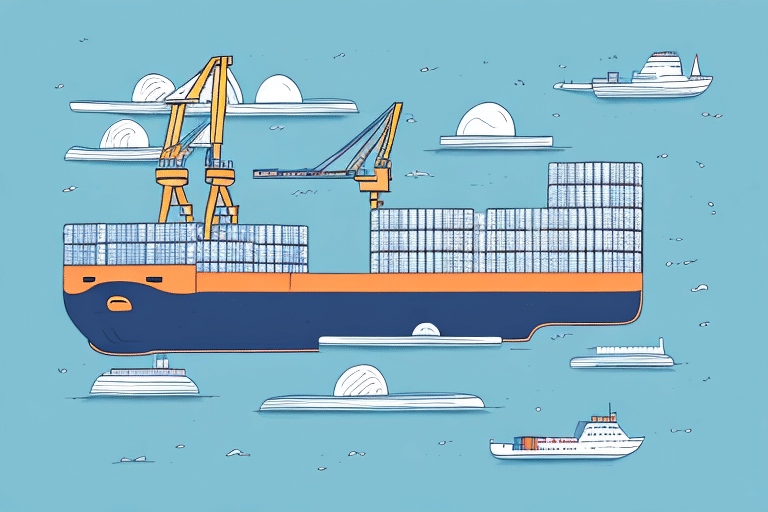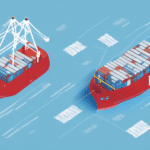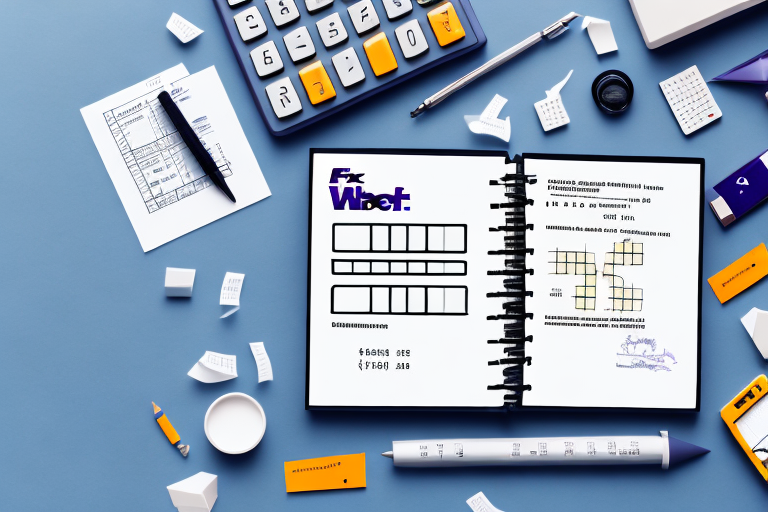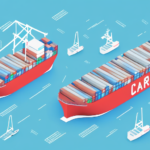Understanding the Importance of a Carrier Bill of Lading
A carrier bill of lading is a vital document in the shipping industry, acting as a contract between the carrier and the shipper. It provides a comprehensive record of the goods being transported, outlines the terms and conditions of the agreement, and serves as proof of shipment. For shipping professionals, a thorough understanding of the carrier bill of lading is essential to prevent costly errors and ensure seamless communication among all parties involved.
The Evolution of the Carrier Bill of Lading
The concept of bills of lading dates back to ancient civilizations, where they were used to document the transfer of goods between parties. Over time, these documents have evolved into detailed records that include information about the shipped goods, shipper’s details, destination, and other critical data. With technological advancements, traditional paper bills of lading have gradually been replaced by electronic versions, which offer enhanced speed, security, and efficiency in communication.
Despite the advantages of electronic bills of lading, challenges such as lack of standardization across regions and industries and concerns over digital security have slowed their universal adoption. However, as digital transformation progresses and more companies adopt electronic solutions, the use of e-bills of lading is expected to become more prevalent in the shipping industry.
Types of Carrier Bills of Lading
Straight Bill of Lading
A straight bill of lading is a non-negotiable document issued to a specific consignee. It cannot be transferred to another party and is typically used when the goods are consigned directly to the buyer.
Order Bill of Lading
An order bill of lading is negotiable, allowing the holder to transfer ownership of the goods to another party. This type is commonly used in international trade where goods may change hands multiple times before reaching the final recipient.
Bearer Bill of Lading
A bearer bill of lading can be transferred freely without any formal documentation. It is less common and generally used in specific circumstances where ease of transfer is required.
Operational Workflow of a Carrier Bill of Lading
The carrier bill of lading functions as a contract and a receipt between the shipper and the carrier. The workflow typically involves the shipper preparing the bill of lading, detailing the goods and terms of shipment. Once the carrier accepts the goods, they sign the document, indicating receipt and responsibility for the shipment. Upon delivery, the recipient signs the bill of lading, confirming receipt of the goods in the stated condition. This document is crucial for resolving any disputes and serves as legal evidence in case of claims.
Legal Implications and Responsibilities
The carrier bill of lading carries significant legal weight. The carrier is legally obligated to deliver the goods to the designated recipient as specified in the document. They must ensure that the goods are transported securely and within the agreed timeframe. Failure to adhere to these obligations can result in legal repercussions and financial liabilities. Shippers must also provide accurate and complete information to avoid misunderstandings and potential disputes.
Electronic Bills of Lading: Modernizing Shipping Documentation
Electronic bills of lading (eB/L) have transformed the shipping industry by replacing traditional paper documents with digital versions. eB/Ls offer numerous benefits, including faster processing times, reduced risk of loss or theft, and enhanced security features. They also facilitate easier storage and retrieval of shipping documents, contributing to more efficient supply chain management.
Implementing eB/L requires addressing challenges such as interoperability between different digital systems and ensuring compliance with international regulations. As standards for electronic documentation continue to develop, eB/Ls are poised to become the standard in the shipping industry.
Best Practices for Managing Carrier Bills of Lading
Accurate Information Entry
Ensure that all details regarding the shipment, including weight, dimensions, and item descriptions, are accurately recorded to prevent errors and disputes.
Secure Storage
Store bills of lading in a secure, organized manner, whether digitally or physically, to protect against loss, damage, or unauthorized access.
Timely Corrections
If errors are identified in the bill of lading, address them immediately by contacting the carrier to amend or reissue the document as necessary. Maintain records of all corrections and communications for auditing purposes.
Comprehensive Record-Keeping
Maintain detailed records of each shipment, including all associated bills of lading and communications, to ensure transparency and facilitate easy retrieval of information when needed.
Filing Claims and Resolving Disputes
In cases of damaged or lost goods, the carrier bill of lading serves as the foundational document for filing claims against the carrier. To successfully file a claim:
- Report the issue promptly to the carrier.
- Provide detailed information about the shipment, including the bill of lading number and evidence of damage or loss.
- Keep a record of all communications with the carrier regarding the claim.
- Follow up regularly to ensure that the claim is processed efficiently.
Proper documentation and timely action are crucial for the successful resolution of disputes.
Future Trends in Carrier Bills of Lading
The future of carrier bills of lading is likely to be shaped by several technological advancements:
- Blockchain Technology: Enhances transparency and traceability, reducing the risk of fraud and ensuring data integrity.
- Automation: Streamlines shipping processes, minimizes human error, and increases efficiency through automated data entry and processing.
- Artificial Intelligence: Utilizes data analytics to improve accuracy in shipping forecasts, optimize routes, and enhance decision-making processes.
Staying abreast of these innovations will be essential for shipping professionals to maintain competitiveness and improve operational efficiency.
Conclusion
A carrier bill of lading is an indispensable tool in the shipping industry, providing legal protection, ensuring accurate documentation, and facilitating smooth transactions between shippers and carriers. By understanding its functions, adhering to best practices, and embracing technological advancements, professionals can enhance the efficiency and reliability of their shipping operations.






















